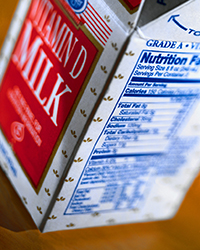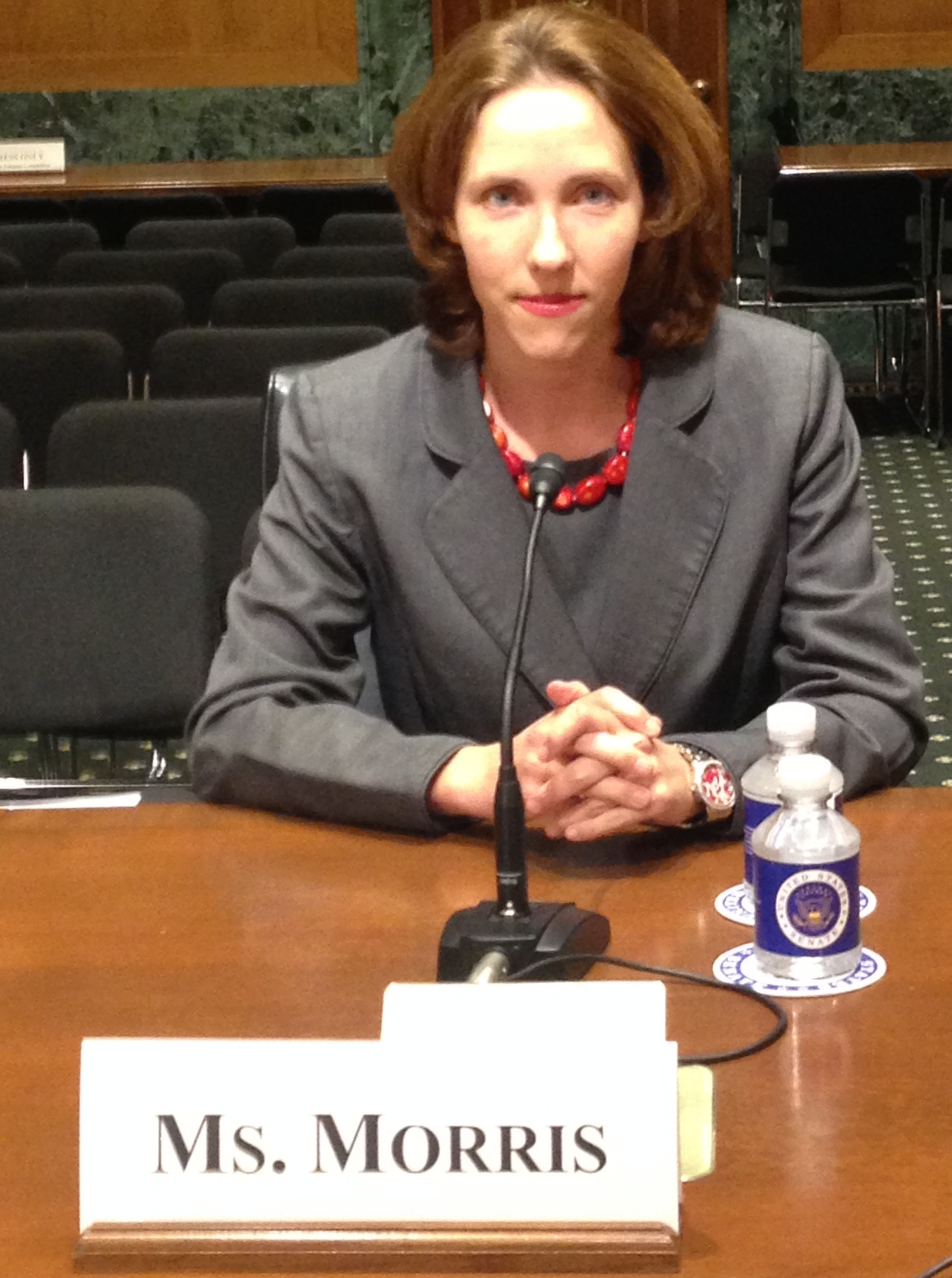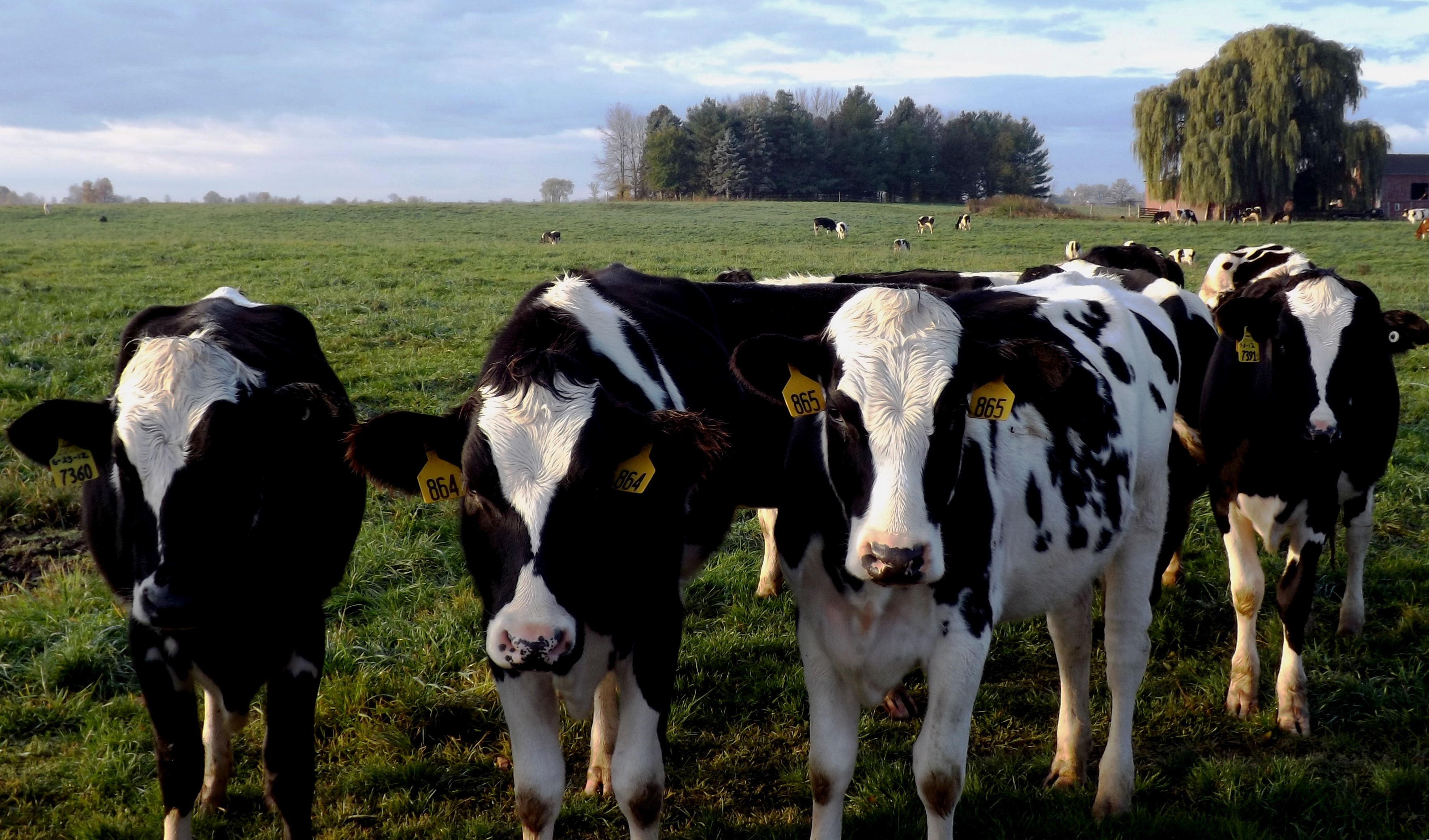 Group Also Seeks No Change in Ice Cream Serving Size, Smaller Size for Yogurt
Group Also Seeks No Change in Ice Cream Serving Size, Smaller Size for Yogurt
ARLINGTON, VA – The National Milk Producers Federation wants the Food and Drug Administration to fix a problem in the planned definition of added sugars on food labels, saying it appears to include dairy products used as food ingredients, even though the lactose – or “milk sugar” – in those products occurs naturally.
Commenting August 1st on the FDA’s proposed changes to the nutrition facts label, NMPF was basically supportive of FDA’s proposal to list added sugars, saying it will clarify the contribution of lactose to dairy products and allow consumers to pinpoint added sweeteners in foods.
But, under FDA’s proposed definition, NMPF said the lactose in a tablespoon of nonfat dry milk incorporated into another food would count as an “added sugar,” while the lactose in a glass of milk would not.
“Surely, that can’t be what FDA intends,” said Beth Briczinski, NMPF’s vice present for dairy foods and nutrition. “We assume this is simply an oversight, since nonfat dry milk is often an ingredient in dairy products like yogurt and ice cream, as well as other foods, including baked and processed foods that benefit from added milk solids.”
“Either way,” Briczinski added, “this needs to be corrected.”
NMPF offered three specific reasons to exclude lactose-containing dairy ingredients from the definition of added sugars:
- Unlike typical added sugars, dairy ingredients containing lactose are not used primarily to sweeten foods. In fact, compared with other sugars, lactose is not very sweet (it would take six times the amount of lactose to equal the sweetness level of table sugar). Instead, dairy ingredients like milk powder or whey powder are added to foods for other reasons, like texture and appearance.
- The federal definitions of many standard dairy products allow them to include lactose-containing dairy ingredients, like nonfat milk powder, while still allowing the product to be called “unsweetened.” Examples include unsweetened yogurt and no-sugar-added ice cream.
- Under FDA’s proposed definition, confusion would likely be created, since otherwise-identical dairy products would list or not list added sugars, depending on what ingredient was used. For example, a yogurt made with nonfat dry milk would be required to list added sugars, while the same yogurt made solely from skim milk would not list any added sugar.
NMPF also used its comments on the proposed revisions to the nutrition facts label to remind the FDA that it is allowing manufacturers of imitation dairy products, including soy “milk” and rice “yogurt,” to trick consumers into thinking their products are nutritionally equivalent to real-milk products.
“The name on a food conveys significant nutritional information,” said Briczinski. “Consumers think non-dairy alternatives with the term ‘milk’ or ‘yogurt’ in their name are nutritionally the same as real dairy products. But they are not. In addition, allowing these imitations to call themselves “milk” or “yogurt” is a clear violation of FDA’s own food standards and labeling regulations.
“It’s unfortunate that FDA has ignored this blatant misbranding of food products for decades, and is now touting its efforts to provide meaningful nutrition information to consumers,” Briczinski said.
Other points made in NMPF’s comments on FDA’s proposed revisions to the Nutrition Facts label:
- Since industry in recent years has drastically reduced the trans fat in food – with a corresponding reduction in the trans fat in the American diet – it may no longer be necessary to list trans fat in the nutrition facts label. Regardless, ruminant trans fatty acids, which occur naturally in meat and dairy products, are not the same as added trans fats and should be exempt from the labeling requirement.
- Dual-column labeling, designed to allow consumers to see nutritional information per-package as well as per-serving, doesn’t work for some dairy products, which should be exempted from the requirement – including quarts of milk, pints of cottage cheese, and dairy foods that are used primarily as ingredients, like butter and buttermilk.
In separate comments on serving-size issues, NMPF supported reducing a typical serving of yogurt from eight ounces to six ounces and opposed increasing a serving of frozen desserts
from half a cup to a full cup. “The yogurt change makes sense,” Briczinski said, “since it brings the government’s measurement in line with packaging found in the marketplace.”
At the same time, Briczinski said, while FDA is proposing to increase a frozen dessert serving, consumption of both ice cream and frozen desserts generally has been declining steadily for two decades. “Consumption data,” she said, “strongly suggests that an increase in the frozen dessert serving size is not warranted.”
“Overall,” said Briczinski, “FDA’s proposed Nutrition Facts and serving size changes will have a positive impact. They will provide accurate nutrition information to consumers. But a few aspects of the proposals will result in unintended consequences for some dairy foods and FDA needs to review those aspects and correct them.”
The National Milk Producers Federation, based in Arlington, VA, develops and carries out policies that advance the well-being of dairy producers and the cooperatives they own. The members of NMPF’s cooperatives produce the majority of the U.S. milk supply, making NMPF the voice of more than 32,000 dairy producers on Capitol Hill and with government agencies.
 Question: When is lactose, which occurs naturally in dairy products, considered “added sugar”?
Question: When is lactose, which occurs naturally in dairy products, considered “added sugar”?
 NMPF called a new biogas “roadmap,” unveiled by the White House August 1, a potential revenue-generator for dairy farms that can also help the industry reach its goal of reducing its carbon footprint 25 percent by 2020.
NMPF called a new biogas “roadmap,” unveiled by the White House August 1, a potential revenue-generator for dairy farms that can also help the industry reach its goal of reducing its carbon footprint 25 percent by 2020. NMPF told a Senate subcommittee in July the 2010 U.S.-Korea Free Trade Agreement has already given a shot in the arm to U.S. dairy exports but that abuse of geographical indications by the European Union is restricting access to the Korean market for U.S. cheeses.
NMPF told a Senate subcommittee in July the 2010 U.S.-Korea Free Trade Agreement has already given a shot in the arm to U.S. dairy exports but that abuse of geographical indications by the European Union is restricting access to the Korean market for U.S. cheeses.  NMPF has asked the Environmental Protection Agency to withdraw recent guidance concerning when farmers must seek Clean Water Act permits for a long list of normal farming activities near wetlands. In
NMPF has asked the Environmental Protection Agency to withdraw recent guidance concerning when farmers must seek Clean Water Act permits for a long list of normal farming activities near wetlands. In  NMPF has endorsed a draft plan for allowing the United States and Canada to cope with an outbreak of a serious foreign animal contagion, such as foot-and-mouth disease.
NMPF has endorsed a draft plan for allowing the United States and Canada to cope with an outbreak of a serious foreign animal contagion, such as foot-and-mouth disease. Ice cream… in cones, in sandwiches, in hot fudge sundaes, and dressed up in red, white and blue for Independence Day. Those were just some of the July posts on the REAL® Seal
Ice cream… in cones, in sandwiches, in hot fudge sundaes, and dressed up in red, white and blue for Independence Day. Those were just some of the July posts on the REAL® Seal  Group Also Seeks No Change in Ice Cream Serving Size, Smaller Size for Yogurt
Group Also Seeks No Change in Ice Cream Serving Size, Smaller Size for Yogurt The White House on Friday released a Biogas Opportunities Roadmap highlighting the economic and environmental benefits and potential for biogas systems in the U.S. According to the Roadmap, biogas systems offer a wide range of potential revenue streams, growing jobs and boosting economic development for communities, businesses and dairy farms. The systems work by recycling organic material — including cow manure and food waste — into valuable co-products such as renewable energy, fertilizer, separated nutrients and cow bedding.
The White House on Friday released a Biogas Opportunities Roadmap highlighting the economic and environmental benefits and potential for biogas systems in the U.S. According to the Roadmap, biogas systems offer a wide range of potential revenue streams, growing jobs and boosting economic development for communities, businesses and dairy farms. The systems work by recycling organic material — including cow manure and food waste — into valuable co-products such as renewable energy, fertilizer, separated nutrients and cow bedding.



